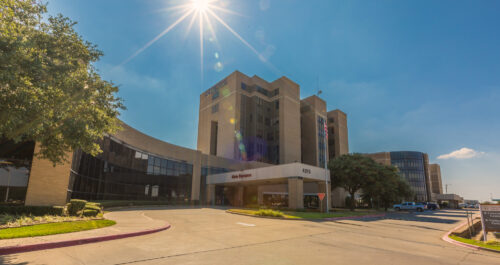Types of ENT surgeries performed:
Common in children between 6 months to 2 years old, middle ear infections are easy to treat. However, if the child gets multiple ear infections over a short period of time and/or has signs of speech delay or hearing impairment, ear tube surgery may be necessary. During the procedure, the ENT surgeon places a small ear tube into the eardrum to ventilate the area and keep pressure balanced. This simple procedure can help eliminate middle ear infections and reduce the pain associated with them dramatically.
Called a tonsillectomy, tonsil surgery may be required when a patient has sore, infected tonsils. This is especially relevant for patients who have had multiple occasions of infected tonsils (tonsillitis). The ENT surgeon will remove the tonsils during the surgery to help prevent additional infections, leading to fewer sore throats and pain felt by the patient.
When the eardrum is damaged, it may require a tympanoplasty to be fixed. This procedure helps to reconstruct the damaged eardrum and involves an incision made in the ear canal. What’s left of the eardrum is pulled away from the bony ear canal by lifting it forward. This allows a clear view of the damage for the ENT surgeon, who can then repair it.
Sinusitis is a painful condition that occurs when the mucus membranes swell and become blocked. Endoscopic sinus surgery helps clear up this issue and relieve pain by removing the blockages in the sinuses. Basically, the purpose of the surgery is to improve the function of the sinuses – drainage – and allow more airflow through the nose. This minimally invasive procedure uses an endoscope to see inside the sinus area and perform needed treatment.
Sometimes the nasal airways don’t work the way they should. This can cause pain, irritation and life-altering annoyances. To clear up the issue, an ENT doctor may recommend nasal surgery, which can vary in terms of invasiveness depending on the severity of the condition. Like endoscopic sinus surgeries, however, many nasal surgeries can be performed with an endoscope, making them minimally invasive.
While a plastic surgeon may also be involved in this type of surgery, sometimes ENT doctors are called upon as well if the facial plastic surgery can impact the areas of the ear, nose or throat. In that case, the ENT surgeon will work with the plastic surgeon to formulate the treatment plan and conduct the surgery.
When an ENT doctor needs to examine the back of the throat, he may require a laryngoscopy to do so. This minimally invasive procedure involves the insertion of a scope into the back of the throat, where the ENT surgeon can diagnose problems concerning throat pain, voice and breathing problems and more.
When a person has thyroid nodules, hyperthyroidism or thyroid cancer, they may need thyroid surgery. The ENT doctor will make an incision near the thyroid, then pull back the muscles and skin that lay atop the gland. He will then perform the surgery, depending on the thyroid problem the patient has been diagnosed with.
There are multiple surgeries that can be performed to treat sleep apnea, a disorder which causes pauses in breathing during sleep. According to the American Sleep Apnea Association, the most common surgical procedure is the uvulopalatopharyngoplasty (UPPP), which removes excess tissue from the soft palate and pharynx. Other sleep apnea surgeries include soft palate implants, hyoid advancement, tongue advancement, tongue base reduction, lower jaw advancement and tracheostomy.
Ear, nose and throat surgery, especially for those who have never gone through such a procedure, can be a little intimidating. No matter which ENT surgery you or your loved one may be preparing for, remember that our experienced team of medical professionals is here for you.

